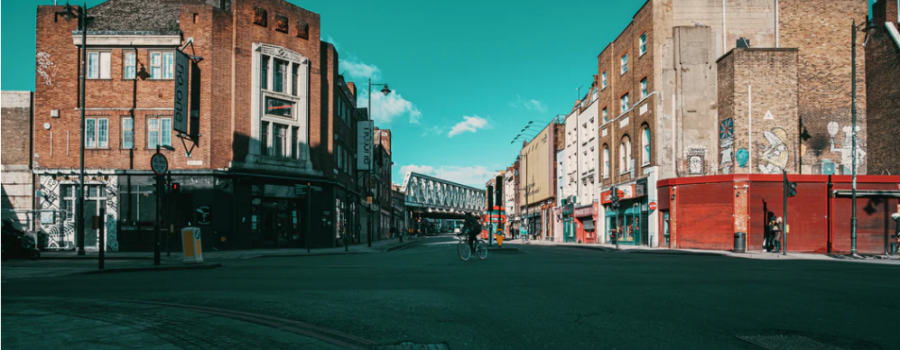Can the empty High Street provide an answer to Britain’s housing problem?
The extension to the stamp duty holiday (as predicted by almost everyone) was the equivalent of pouring petrol onto an already raging fire.
The prospect of avoiding stamp duty land tax drove record numbers of people across the country to move house in the last year, which sent property prices stratospheric.
According to data from Search Acumen, the holiday triggered a 22% rise in monthly property transactions, equivalent to more than 171,000 extra sales.
The saga has been nothing short of an impeccable demonstration of the economics of supply and demand; so many people tried to move house at the same time that there were simply not enough houses to go around. As a result, prices went mad.
One couple, first-time buyers, told The Telegraph they were rejected three times on three different properties despite bidding over the asking price on each occasion.
My parents (and you win no prizes for guessing why they moved house last year) had a nightmare experience, with deals falling through and properties flying off the figurative shelves before they could even book in for a viewing.
All in all, this totally needless stamp duty holiday has, since April 2020, added a whopping £20,000 to the price of the average property in England, according to Halifax.
For those like me who are not on the housing ladder, this policy has been a tragedy.
Sure, I’ve saved some money throughout the pandemic after swapping boozing for snoozing every Friday evening. Still, the reality is my dream of homeownership has never been further away, despite my best effort to ‘do the right thing’ and save as much money as possible.
As AJ Bell’s Laith Khalaf puts it: “For many saving to get on the housing ladder, a property crash looks like their best hope, but there’s slim chance of that at the moment.”
When the stamp duty madness has cooled down, and following the always active summer months in property land, inevitably, the conversation will turn once again to the subject of housing.
Broken promises
This week, the PM proposed a shake-up of UK planning laws that would remove the power from local planning authorities to set new zones for housing. The arguably controversial policy – if it became law – could mean developments can spring up faster, and developers can build more houses quickly.
But forgive me if I’m sceptical of politicians’ housing promises.
Successive leaders have failed to live up to housing targets; indeed Boris Johnson himself vowed to increase housebuilding to 300,000 a year by the mid-2020s. But at the rate achieved before the coronavirus lockdown, the government would not reach its target until 2032 – eight years later than planned.
However, there is now another answer to the housing crisis riddle that was not available in previous years. It could provide a helpful tool to politicians and developers to get moving on the new property that appeals to a younger market.
Research by estate agent Keller Williams UK found the demise of the UK’s retail industry has left empty premises with enough space to provide nearly 25,000 homes.
Empty High Street
Retail was probably the hardest hit sector during the pandemic. High street favourites like Topshop, Miss Selfridge and Debenhams closed their doors after coronavirus-led restrictions saw them fall into administration.
The pandemic will force significant changes on the High Street.
The optimists see the possibility for more space devoted to community centres. While no doubt the pessimists worry that empty shops will lead to an almost broken window theory-inspired outcome, where half-empty High Streets struggle to kick back into life.
Gradually more shops and cafes close as fewer people spend their weekends wandering around decaying town centres.
Sticking with the optimists, however, vacant areas on High Streets could provide convertible space to create new housing, particularly for first-time buyers who tend to be younger and happier to live with the noise and bustle that comes with being in the thick of a community.
You don’t need to tell me that 25,000 is nowhere near the number of new homes required to fix the crisis, but I like this idea as a scheme that could run parallel – not in place of – existing government housing plans.
Building affordable housing in vacant retail space offers remaining High Street shops an ecosystem of readily available shoppers. It offers first-time buyers the chance to buy something affordable in an attractive location.
Converting empty High Street space won’t solve the housing crisis, but it’s certainly an idea that deserves close consideration.

